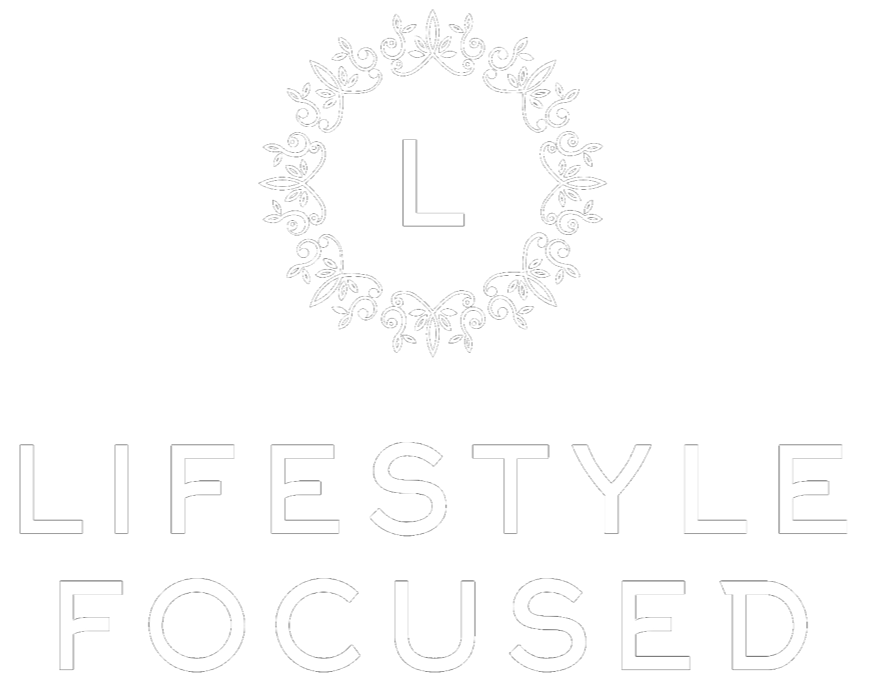Culture is definitely diverse, and meant to be spread across the world to be understood and to enjoyed it. It does matter how your eyes are shaped, the color of your skin, the texture of your hair, your accent, it is an identity. As long as it is respected and not excluded, you should be proud!
Insensitive Nutcracker
The Scrapbook . November 26, 2018 at 4:57 AM

The Christmas season has begun, and ballet companies across North America are blessing their towns and cities with performances of The Nutcracker. For The Scrapbook, it’s the season’s highlight.
But for many in that perpetually cranky collective known as “the arts community,” alas, Tchaikovsky’s great work has become yet another source of identitarian angst. Fans of ballet will know where this is going: the Chinese Tea scene, in which dancers typically wear Fu Manchu mustaches and rice-paddy hats and dance with pointy-finger movements and head bobbing. The New York City Ballet has modified its costumes and choreography, and the Balanchine Trust, which owns the rights to George Balanchine’s The Nutcracker, has urged ballet companies using its version of the work to make appropriate changes. In essence: Make the dancers less stereotypically “Chinese.”
This sort of thing has been happening for decades, of course, what with opera houses and theaters so heavily dependent on the great works of the 18th and 19th centuries. Often it’s well intended, though some of the people who demand changes to allegedly insensitive works of art seem less interested in preventing unnecessary offense than in appearing virtuous in the eyes of their peers. But we live in an age of hypersensitivity about race and ethnicity, and if audiences are offended or made nervous by choreography and costumes that seem to mock a culture or a race, ballet companies are wise to change them.
Even so, one suspects the people who fixate on these things are missing something crucial—not just about the relative importance of innocuous symbols and gestures but about the nature of artistic performance. Sometimes great art requires stereotype. Of course stereotype can be abused—the Frenchman with a beret and a baguette under his arm, the American Indian sitting cross-legged with a feather in his headband and saying “how”—although even in those cases, it’s often unclear what the real harm is.
But ballet must convey everything by dance and costume and image, not by speech or singing. These wordless expressions must therefore exaggerate real-life characteristics. In The Nutcracker, especially, there is a magical quality in the exaggerated movements of the Chinamen with their tea and the Arabs with their coffee. The effect on audiences, especially on the young, is not to encourage bigotry or xenophobia but to enchant them with the strange beauty of the foreign.
If this flattening-out reinterpretation goes much further, audiences won’t remember that these dancers are meant to be Chinese at all. All in the name of diversity.

Leave a comment